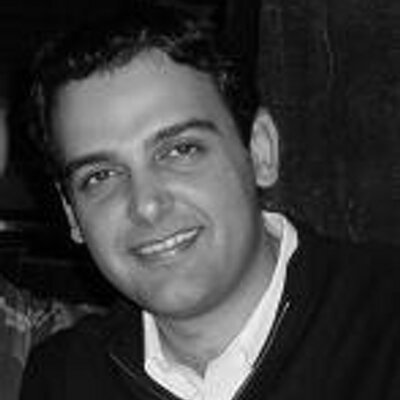“Why are those Iranian Jews dressed in black hats and black suits like Ashkenazi Hasidim straight from the Shtetl?” asked an American Jewish friend of mine this past weekend. We were taking a stroll in the Pico-Robertson area here in Los Angeles when he spotted a group of Iranian Jews, who from their garb looked like they were Eastern European Ashkenazi Hasidim fresh off the boat. He looked at me with a puzzled expression and I tried to explain the complex story of how Iranian Jews living in Southern California and New York have joined the ranks of American Jews by selecting from the different forms of Judaism available to them in the U.S. to practice.
Since their arrival to the U.S. in the late 1970âs and 1980âs, the Jews who fled Iranâs fundamentalist Islamic regime were suddenly taken from a fairly sheltered, slow and third world environment and overnight transferred to the most vibrant and advanced country in the world. For many Iranian Jews, this new environment offered them variety and different options to choose from for every aspect of their lives including religion. Since many did not have their own synagogues established when they first arrived in the U.S., Iranian Jews in the Los Angeles area chose to attend synagogues closest to them including Sinai Temple in West L.A. (Sinai even today has a substantial Iranian congregation). They were exposed to Reform, Reconstructionist, Conservative, and Orthodox Judaism through Ashkenazi synagogues. Each one of these movements appealed to different segments of the local Iranian Jewish community, who had previously never had a âcornucopia of Judaismâ to choose from in Iran.
For nearly 2,700 years, the Jews of Iran had practiced their own form of traditional observant Judaism which can best be described as a mix between Conservative and Orthodox. For example, in Iran even though men and women sat separately during services in synagogue, a microphone was still used by the rabbis and cantors when reciting prayers. The Jewish community in Iran was so tight-knit and everyone practiced this form of traditional Judaism and nothing else. There were no Reform Jews and no Hasidic Jews wearing black hats and suits in Iran. So with the communityâs arrival in the U.S., many Iranian Jews were now free to pick and choose from whatever form of Judaism they pleased. As a journalist who has covered this community extensively, I can tell you that there are those within the Iranian Jewish community who see this new found freedom to choose different forms of Judaism as a great tragedy. They believe this new found freedom will eventually lead to the loss of the old traditions and the beginning of assimilation for Iranian Jews living in America. On the other hand, I have spoken to others in the community who believe change is productive for Iranian Jews in order for them to be able to adapt and survive in the U.S.
“Alright already, so how come these Persian Jews are looking like old school Litvaks with the knee high white stockings, bushy fur caps and long beards?!” inquires my friend. “When did they turn into Chabadniks?” Well, I explainâ¦Iâm not a historian, but from my exposure to the community as a journalist, Iâve discovered that the origins of Iranian Jews adopting the religious lifestyle of ultra-orthodox Ashkenazi Jews can be traced back to the Iranian Revolution of 1979. In late 1978 and 1979, a number of American Jewish organizations including Chabad, helped airlift a substantial number of male Iranian Jews out of Iran. Their families were more than happy to leave their young sons in the hands of fellow Jews in America, away from the threat of Iranâs radical Islamic regime. Many of these young Iranians were in their formidable teens and taken in by orthodox Ashkenazi yeshivas and schools. They were given shelter, fed and trained as any other Jew attending these schools. Essentially their exposure and training in these schools motivated these young Iranian Jewish men to adopt the ultra-orthodox lifestyle of Judaism. Thereafter they returned to their community here in Los Angeles and parts of New York with a new Jewish identity and formed their own synagogues and schools. These “black hat wearing” Iranian Jews then began outreaching to the local community here and offered yet another option as far as Judaism for their fellow Iranian Jewish brethren to choose from.
(Iranian orthodox Rabbi Shimon Kashani of the Southern California Jewish Center in Westwood, photo by Karmel Melamed)
Critics of the new Orthodoxy say that it has broken up families, because the young adult proselytes frequently reject their parentsâ generation for not being religious enough. Those who are more religious insist they are addressing the communityâs true spiritual needs, which were suppressed in Iran but can achieve full expression given the religious freedom of the United States. Many local Iranian Jews caught in between the religious and non-religious movements have been seeking to return to their traditional roots of Judaism from Iran. These individuals have so far had little success. What direction the Iranian American Jewish community decides to take with regards to their level of religiosity as far as Judaism still remains to be seen.
























 More news and opinions than at a Shabbat dinner, right in your inbox.
More news and opinions than at a Shabbat dinner, right in your inbox.